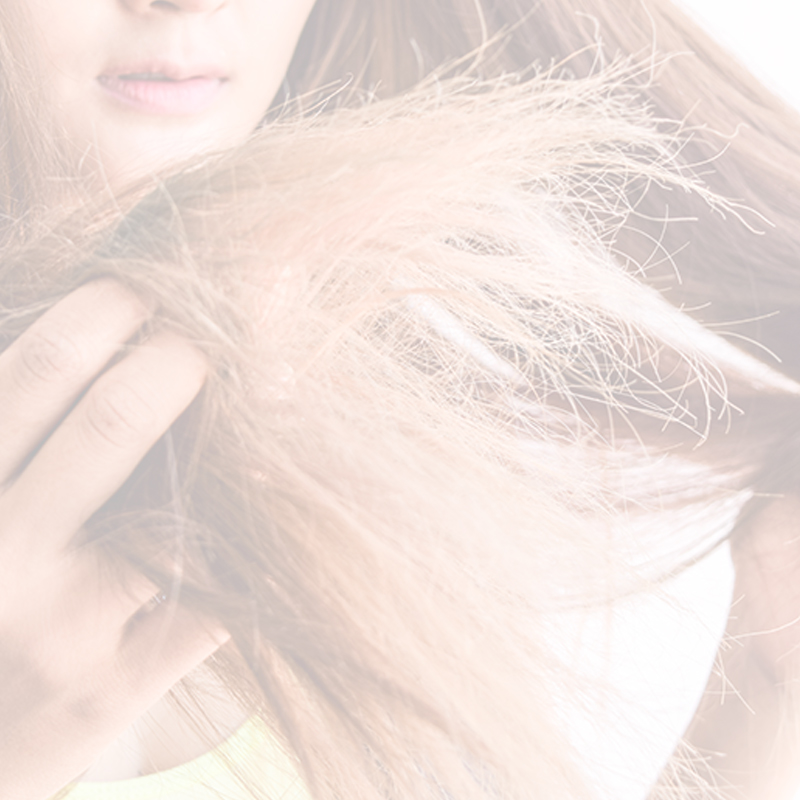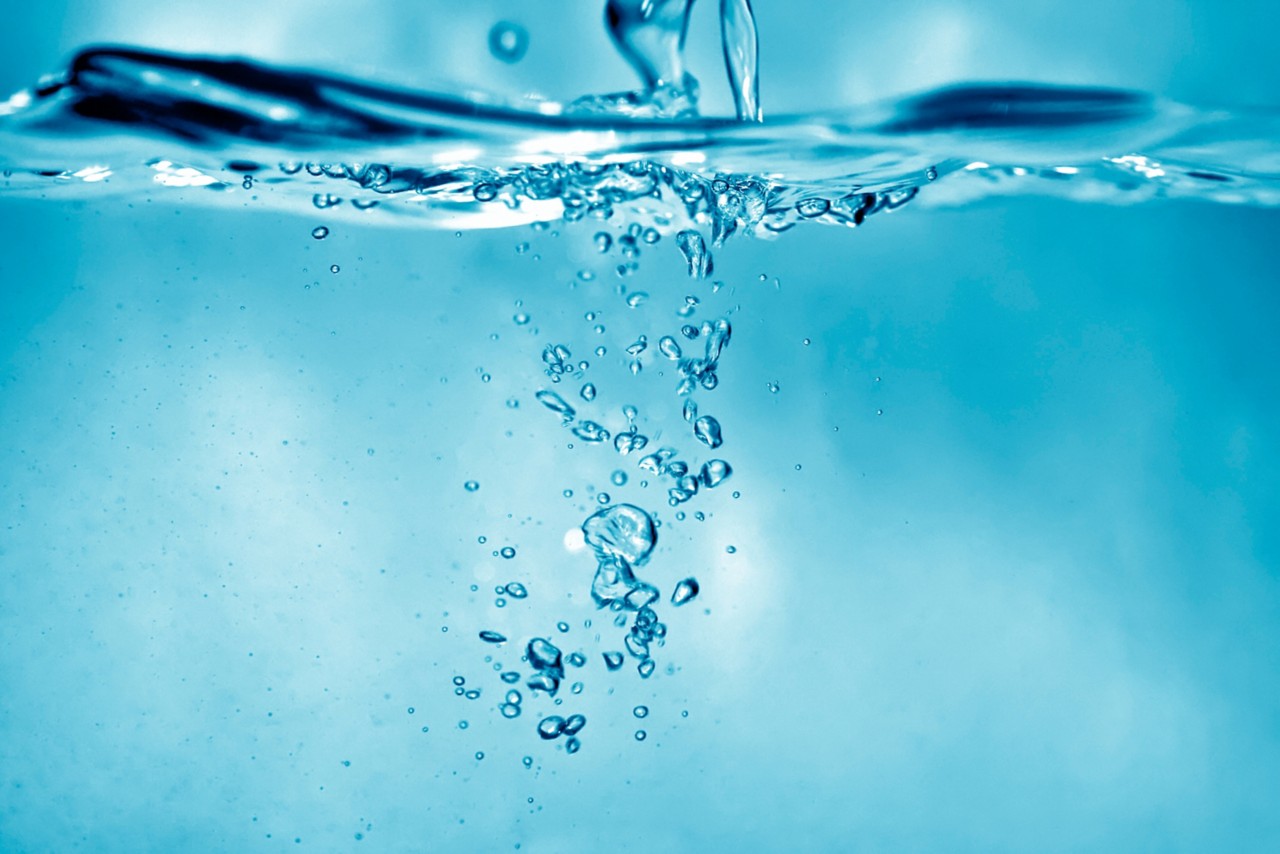Stop Wasting Water and Money. FIND A LOCAL PRO
If you have public water, chances are it contains chlorine. What is chlorine used for? It's an inexpensive and effective way to reduce bacteria present in your area's water supply. While chlorine is great for delivering trusted water to your home, it's not so great for other things. Over time, it can cause damage in a few different ways.
Chlorine in Water: What Purpose Does it Serve?
So why do we use chlorine if it causes damage? Because it does an excellent job of lowering the presence of certain harmful elements. The CDC recommends chlorine as a way for local water authorities to reduce viruses, bacteria, and parasites in drinking water. Particularly, chlorine reduces:
- Salmonella
- Salmonella typhi
- Campylobacter
- Norovirus
- Vibrio cholerae
- Cryptosporidium
- Giardia
Over 80% of water authorities across the country use chlorine as a primary disinfectant. Many water authorities also use it to prevent iron and manganese oxidation. When these elements are present, your water may have a poor taste and discoloration.
Interested in learning more about how chlorine works? See why it's added to drinking water.
What's in your water?
start here
Worried about your water? Take control with our at-home water test kit. We'll analyze your water and recommend the best filtration or softening solution for your specific needs.
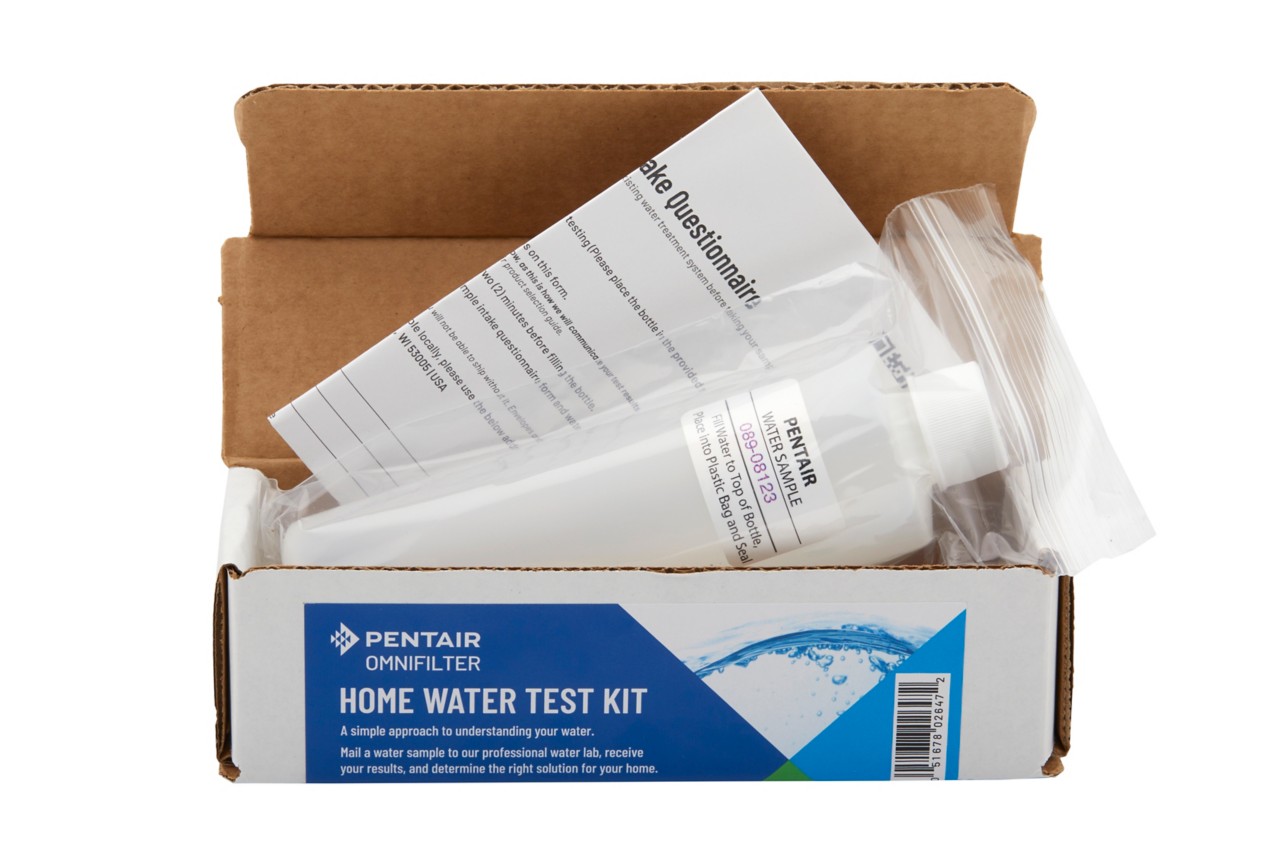
Is Chlorine Bad For You?
Here's the deal. Chlorine isn't bad for you. At least when you use it at the appropriate levels. According to the CDC, up to 4 milligrams of chlorine per liter of drinking water is acceptable.
However, if you exceed that amount, you may start noticing some chlorine damage in your life in the following ways:
- Bacteria: Getting rid of bacteria is good, right? Not always. Your body relies on some types of bacteria to do good. Like lactobacilli. Lactobacilli are the most common bacteria in your gut and help out a lot with digestion. Chlorine doesn't discriminate. So it can also reduce these good bacteria in your belly when you drink chlorinated water. This might make it harder for you to digest what you eat.
- Skin: If you swim, you know. Chlorine commonly dries out the skin. The American College of Allergy, Asthma, and Immunology calls this reaction irritant dermatitis. When you're overexposed to chlorine, you can develop red skin, itchiness, and hives.
- Hair: Feeling frizzy? Chlorine may be the culprit. Just like with skin, it can dry out hair by depleting its natural oils. Goodbye luxurious locks, hello dry and lackluster 'do. This is especially true of color-treated hair, which is already more fragile than virgin hair. Chlorine may cause color to fade quicker.Keep in mind though, this is only for long-term exposure. Think of people who spend thousands of hours soaking in chlorine water.
- Clothes: When you have too high a concentration of chlorine, your favorite outfits may also be affected. Over time, the chlorine acts as a bleaching agent, fading the bright colors of your clothes. Chlorine also affects the fabric itself. It can cause them to become weak and thin, making rips or tears more likely.
- Appliances: Like with all these other things, chlorine can break down certain appliances. It's rough on rubber seals, gaskets, and toilet flappers in particular. No appliance lasts forever. But still, this means you may have to be more vigilant when looking for leaks.
We are water Experts
Water quality is non-negotiable. To prove it, we've built state-of-the-art water quality labs and filled them with the best and brightest scientists — all so we can provide you with the best water of your life.
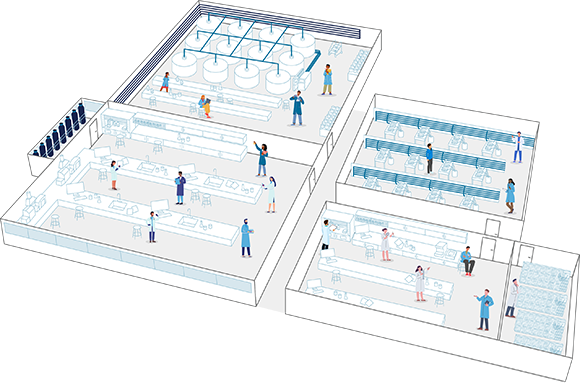

Water 101
Unleash the secrets of your H2O! Explore where water originates and discover the various water filtration solutions that transform it into drinkable water.
Related Articles
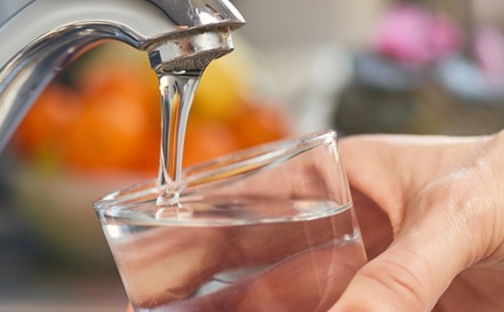
7 Signs Your Need a New Water Softener or Filter
In an ideal world, every glass of water you pour…
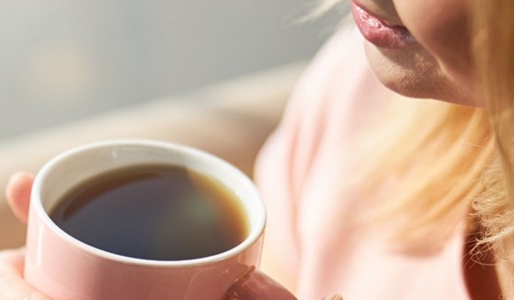
The Secret to Better Tasting coffee
Want to up your coffee game at home? Discover the…
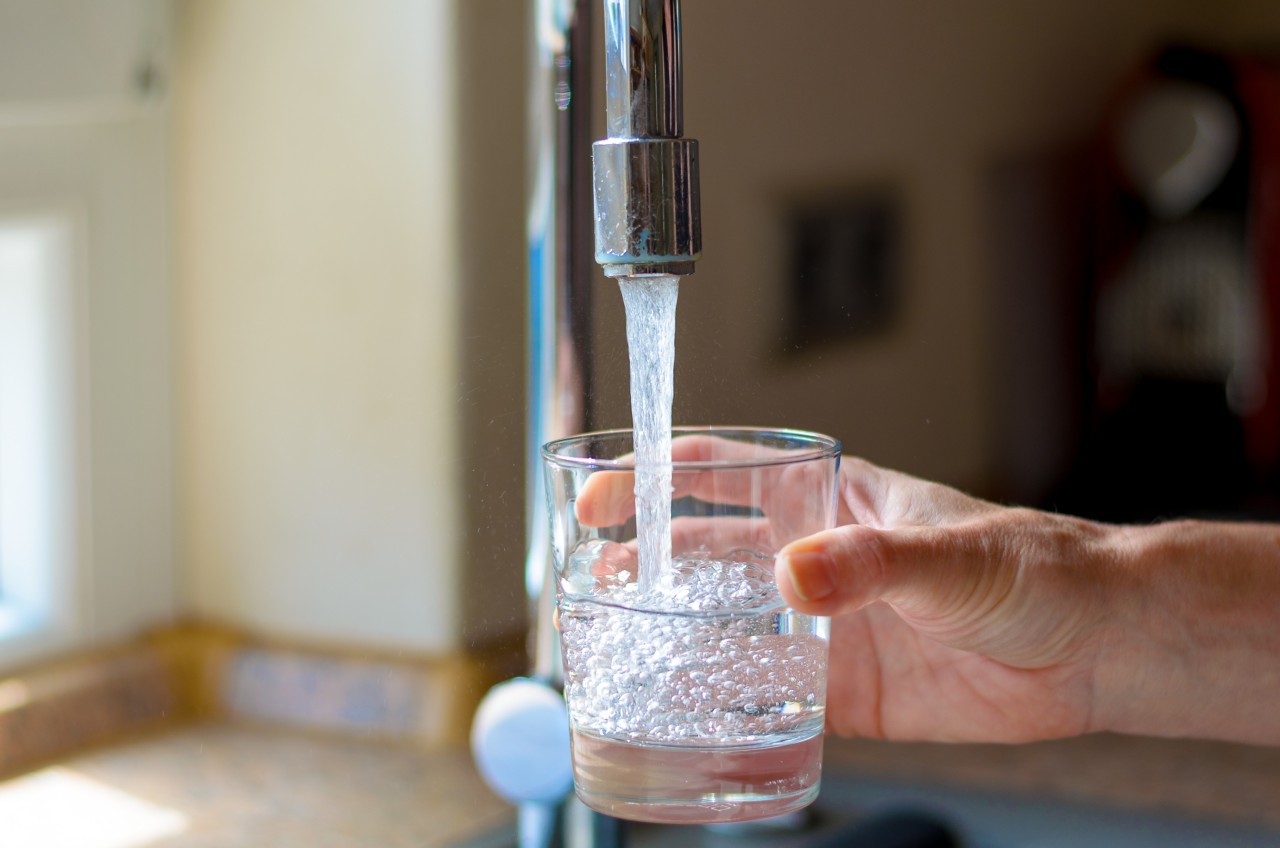
What’s In Your Water 101: Learn About the Quality of Your Tap Water
Are you concerned about tap water contaminants like water treatment chemicals…
Disclaimer: The information on this website has not been reviewed by the FDA. Products offered for sale herein are not intended to treat, cure or prevent any disease or health condition. No medical claims are being made or implied. Contaminants mentioned are not necessarily in your water.

